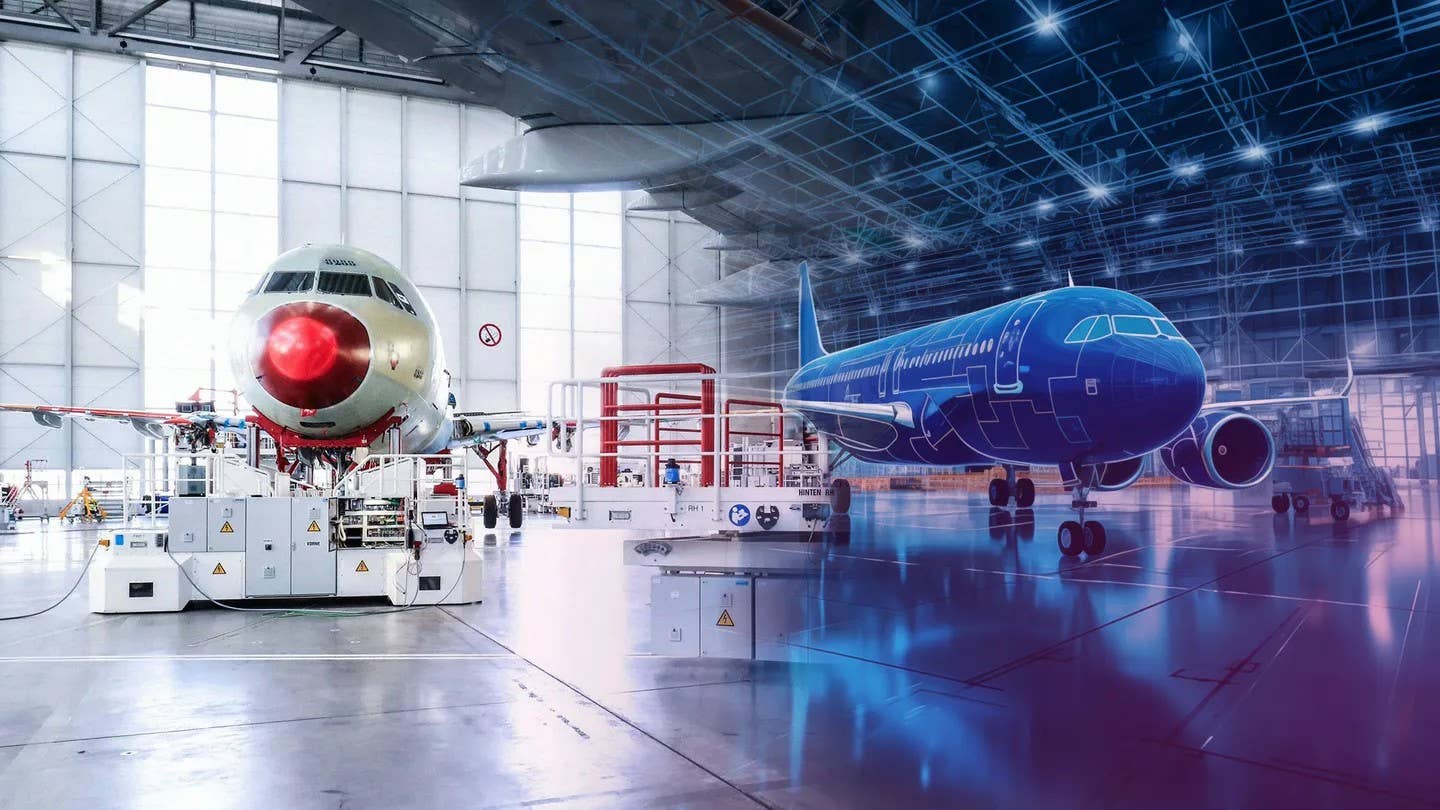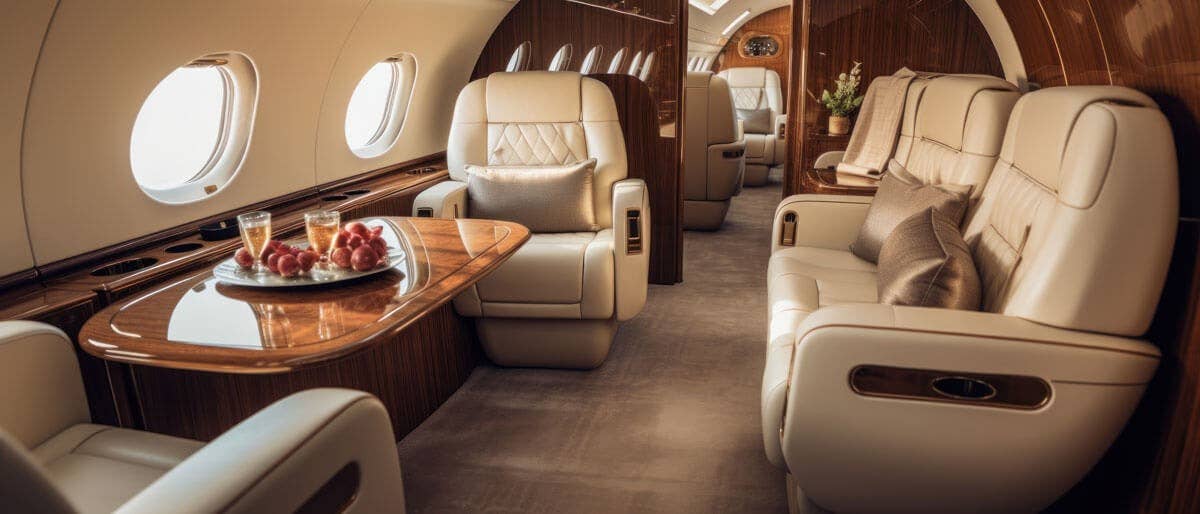Remembering Boeing’s Plant 2, the Birthplace of the B-17
During World War II, a Hollywood set designer helped design a 26-acre fake community to camouflage the Boeing factory.

A nearly complete B-17F Flying Fortress bomber at the Boeing’s production line in the Seattle plant, 1942. [Credit: United States Office Of War Information, courtesy Library of Congress archives]
Boeing’s Plant No. 2 in Seattle, arguably the birthplace of the B-17 Flying Fortress, predates the entry of the U.S. into World War II by several years.
The factory was located just west of Boeing Field, which was formerly dedicated as a municipal airport in July 1928. The brick terminal building is still in use today on the east side of the airport now known as King County International Airport/Boeing Filed (KBFI).
Boeing Field is perhaps best known as the birthplace of the B-17. Some 6,981 Flying Fortresses rolled out of the factory, beginning in the 1930s.
According to Boeing historians, Plant No. 2 was completed in 1936, covering 60,000 square feet. The factory built the early prototypes of the B-17 and Boeing's first pressurized airliner, the Boeing 307. In 1940, the factory doubled in size, allowing Boeing to add Douglas DB-7 light bombers to the production line.
Boeing required its workers to wear identification badges on the outside of their clothing at all times while on the job. Some 30,000 people were employed at Boeing, turning out 300 aircraft a year.
One of the most famous wartime stories from the Seattle area is the elaborate camouflage applied to Plant No. 2 to hide it from enemy aircraft. John Stewart Detlie, a set designer from Hollywood, is credited with helping design what was a 26-acre fake community atop the Boeing factory.
Created to look like an extension of the nearby residential communities, the faux streets were done in tar and paint, and homes, schools, and civic buildings were created out of painted canvas, chicken feathers, and chicken wire. Careful attention was paid to blending the faux streets into the alignment with the runways at Boeing Field, which at the time used the classic triangle pattern.
The chimneys of the factory were disguised to look like fireplugs or bungalow chimneys with green and sometimes brown lawns for added realism. Camouflage nets were strung over the employee parking lots to hide the cars. Other parking lots were covered with large canvas tarps painted to look like streets from above.
According to Boeing historians, immediately following Pearl Harbor there was great concern that the Boeing Plant would be a target for sabotage and Japanese air raids. Although Japan was an ocean away, in early 1942 Japanese submarines were spotted off the West Coast near San Francisco and Santa Barbara, California, which prompted the decision to disguise the ultra-important Boeing factory.
Although the fake community built atop the factory was complete with sidewalks, trees, and even cars, it was not full scale. It didn't have to be because it was designed to be viewed from above by overflying aircraft with flight crews that would have a few minutes at best to see what was below them. Attention to detail included street signs with names like "Burlap Boulevard." During breaks from work Boeing employees were allowed to walk along the fake streets and sunbathe on the fake lawns.
Meanwhile, on-the-ground anti-aircraft guns and bomb shelters were also built—just in case the faux city didn't fool the enemy.

Sign-up for newsletters & special offers!
Get the latest FLYING stories & special offers delivered directly to your inbox






